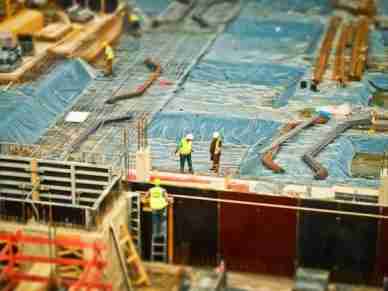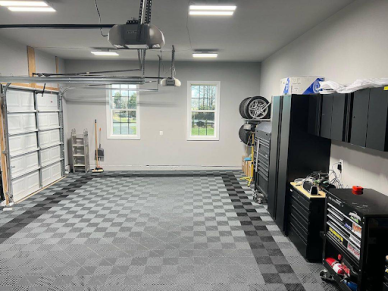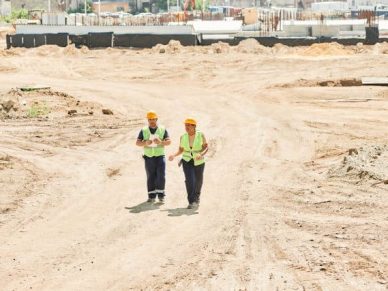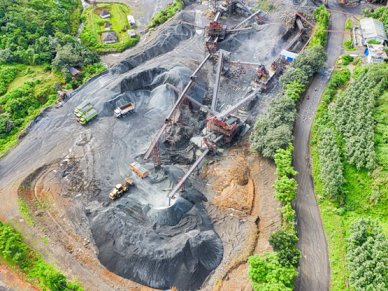
When sporting facilities are being designed and built, a lot of money is on the line. The very largest venues typically cost over $1 billion to complete, with many projects now pushing beyond $2 billion. And since taxpayer money is on the line, alongside investors’ capital, the people behind them can’t leave anything to chance.
Thankfully a raft of technologies is used in unison to make projects viable regardless of scale. Here’s a look at just a few breakthroughs at play today.
BIM for Design Excellence and Efficiency
Building Information Modeling (BIM) is a transformative technology for sports facility construction, which is significant given that 5 new stadia were erected in the past 3 years, and more are on the cards. It’s equivalent to having a digital twin of your project, covering every detail down to the last bolt. This allows for:
- Improved Collaboration: Teams share and update data in real-time, reducing miscommunication.
- Enhanced Visualization: 3D models offer clear insights into design aesthetics and structural integrity.
- Cost Efficiency: Accurate simulations predict costs and help avoid budget overruns. This applies at all scales, and companies like Track and Turf are leading the pack with award-winning, cost-conscious athletic facilities at schools, public parks, and more besides.
- Time Savings: Automated workflows streamline planning, minimizing delays.
- Risk Mitigation: Early detection of potential issues through clash detection features is a boon.
Take SoFi Stadium’s renovation. They used BIM to manage complex designs seamlessly, cutting months off the timeline. This tech has also helped with the venue’s preparation for the 2026 World Cup, where eight matches will be hosted, necessitating a widening of the playing field and the installation of retractable seating.
VR for Immersive Project Visualization & Stakeholder Engagement
Virtual reality (VR) brings sports facility construction to life before the first brick is laid. It makes it possible to walk through a stadium that’s still on paper, rather than having to rely on your imagination alone – or settle for 2D visualizations. Advantages include:
- Enhanced Decision-Making: Stakeholders experience designs in immersive 3D, making approvals quicker.
- Design Accuracy: Realistic simulations help spot design flaws early.
- Stakeholder Buy-In: Clients and investors get a tangible feel of the final product, boosting confidence.
- Training Tool: On-site staff can familiarize themselves with complex layouts before construction begins.
The case of the Allegiant Stadium in Las Vegas exemplifies the impact of this. VR tours allowed stakeholders to visualize suites and seating arrangements precisely, speeding up approval processes.
And while not every fan was able to experience the full VR version of the stadium, the virtual tours were made available on the Raider’s website as well as its YouTube channel, garnering attention, acclaim and local support in one fell swoop.
Sustainable Materials for Balancing Performance and Environmental Impact
Sustainable materials are equally important in sports facility construction as they are in any other part of the building industry today, blending high performance with eco-friendliness. Since sustainable business practices are paramount, this allows all sorts of locations to keep up with modern sensibilities.
Here’s how:
- Eco-Friendly Options: Materials like bamboo and recycled steel lower the carbon footprint.
- Enhanced Durability: Innovative composites withstand extreme weather and heavy use better.
- Cost Savings: Energy-efficient insulation reduces operational costs over time.
- Certification Boosts: LEED-certified materials increase project credibility and appeal.
Look at Mercedes-Benz Stadium in Atlanta. They used sustainable materials to achieve LEED Platinum status, making it a model for future stadiums.
The Bottom Line
As you can see, the tech revolution has not skipped over sports facility construction, and in 2024 it’s actually fundamental to the entire process, from initial design to the building work itself. This is something that should inspire other sectors to up their game, as the rewards range from cost-effectiveness to sustainability, and these are valuable regardless of context.















Leave a Reply